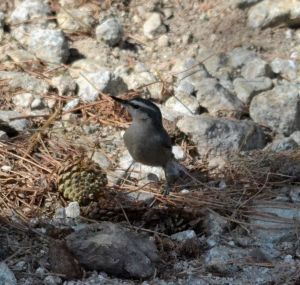In my last post I bemoaned a lack of local birding action so far this month, but the last two days have added two more species to my year’s Oxon total. Having reverted to three working days a week, Wednesdays and Thursdays are currently free again. In making that decision I had hoped to be spending some time on England’s north-east coast this October, but the current weather pattern has so far ruled out the need to do so. Instead events at Oxford’s Farmoor Reservoir have helped to fill in the time.
Working an eight hour evening shift alone handling an intensive customer flow at the petrol station still involves some recovery time and hence the two day break is welcome, especially if decent birds turn up. Yesterday a small party of Brent Geese stopped off there, a commonplace sight around southern and eastern coasts in winter but still a good bird to record in an inland county such as ours.
This morning I was expecting a BT engineer and then planned to drive down to Dorset to look for a Two-barred Greenish Warbler. By the time the engineer had left there was still no news of that bird but five Common Scoter had been reported from Farmoor, seeing which would break up the day nicely. As I walked clockwise around Farmoor 2 all the dark water birds were Tufted Duck or Eurasian Coot until at 12:50pm I reached the western end of the causeway that separates the two reservoirs. Then I picked up what must have been two drake Scoter about one quarter of the way back to start point.
I quickened pace and my attention was caught by a Herring Gull-sized brown seabird tearing a fish apart in the water of Farmoor 1. “That’s very dark and mean looking for a juvenile gull.” I thought. “Could it be a Skua?” I watched this strange bird briefly but my mind was still on the Scoters. When I reached where the latter should have been they had vanished, then turning around I saw the possible Skua had moved nearer to the western shore of F1, still guzzling its fish. So I moved to get closer but on my approach it began to be harassed by gulls.
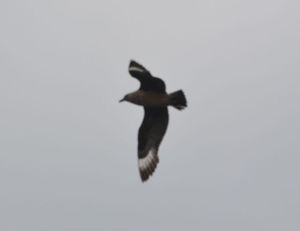
Great Skua or Bonxie (record shot)
The interloper took off, revealing bold white wing flashes (pictured above). “That has to be a Great Skua,” I thought but the trouble was I had seen only one before, a sick bird here in the autumn of 2013. That had been no more than a distant blob in the water out in the middle of F2, viewed at first light from outside the site perimeter fence. As the Black-headed Gulls continued to chase and mob the larger bird today the conviction grew further that I could have stumbled upon what is a notable bird for the county. The 2013 “Bonxie”, as this species is also known, had been an Oxon tick for a number of more seasoned birders than myself. Then another was seen last year at RSPB Otmoor that I missed through having to get to work.
I now phoned patch worker Dai who from my description agreed this was probably a Great Skua. But I was still wary about possibly putting out erroneous news and so headed back to the car to check my field guide. At the sailing club another Oxon birder was walking towards me, to whom Dai had passed on the sighting. We checked my blurry photographs against his phone app and indeed the identity was confirmed. It was thus safe to inform the county grapevine, then as I left site a text went out saying more birders had relocated the Bonxie off the western shore of F2.
The closest to home Great Skua breed is in loose colonies on rocky shores in northern Scotland, Iceland and northern Scandinavia. They winter at sea in the north and south Atlantic. A large and heavy looking seabird, their main diet is fish, taken from the water’s surface, other birds or behind trawlers. Though good to see, I wish today’s Skua had been a Pomarine because that would have been a lifer, not to mention very unusual to find inland. All bar one of my previous Skua sightings, including Arctic (Nov 2013) and Long-tailed (Sep 1995) also came from Farmoor Reservoir.
This was only my second ever “county find”, that at the time of writing I am still being accredited with. The first was back in 2010 when, with the then enthusiasts’ reserve of RSPB Otmoor all to myself one evening, I was surprised and delighted to behold a Spoonbill by the Wetlands Watch Hide. My understanding is that local form dictates county year listing should always be denied. But were I to be indulging in the practice these past two days’ events would put me just one bird behind last year’s total. It would still be good to top my best ever tallies of 181 from 2012 and 2013, because I really cannot face starting all over again next January. But I say that every year!
Footnote: Three Common Scoter (two drakes and a female) remained at Farmoor Reservoir, on and off over the ensuing days. I eventually got proper views of these sea duck on the wet and windy evening of Saturday 21st, in company with Andy Last.

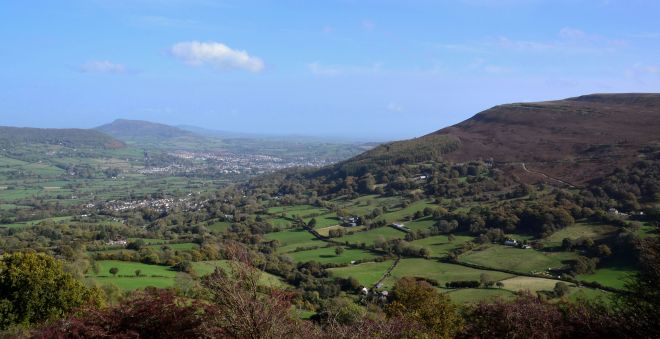
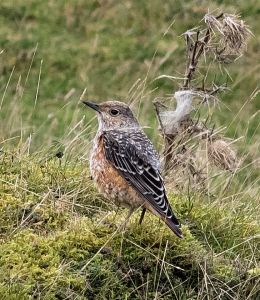










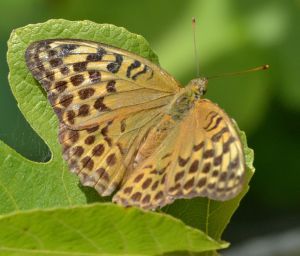




















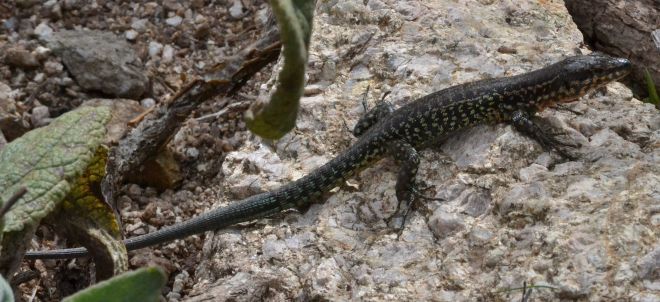





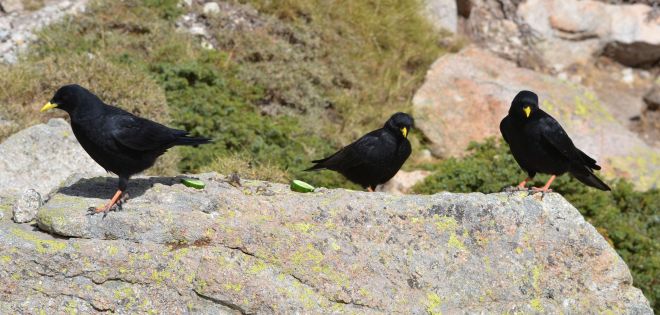
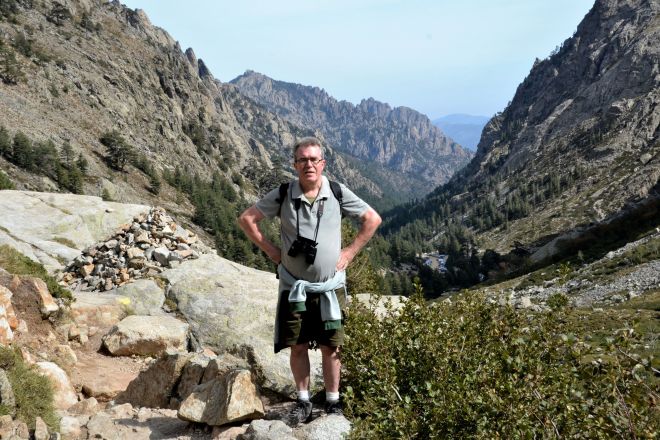





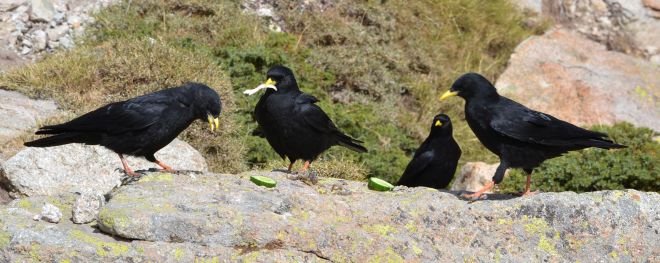


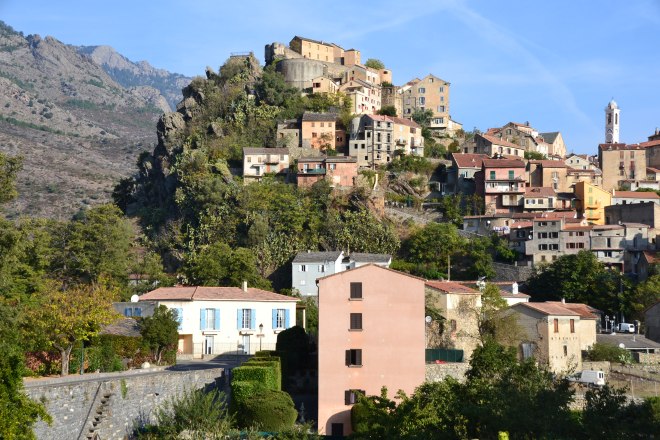
![Carduelis_corsicana[1]_01](https://ramblingsnscribblings.files.wordpress.com/2017/10/carduelis_corsicana1_01.jpg?w=300&h=171)


